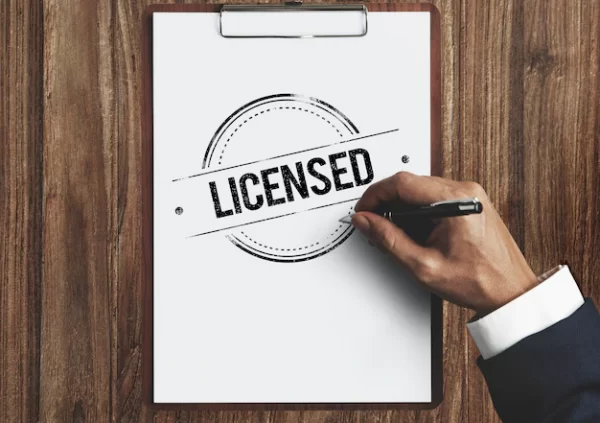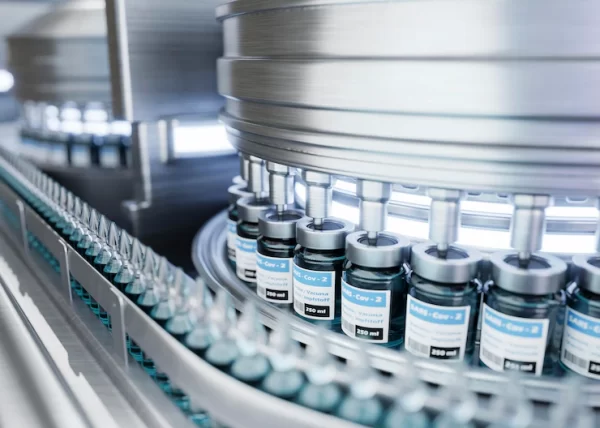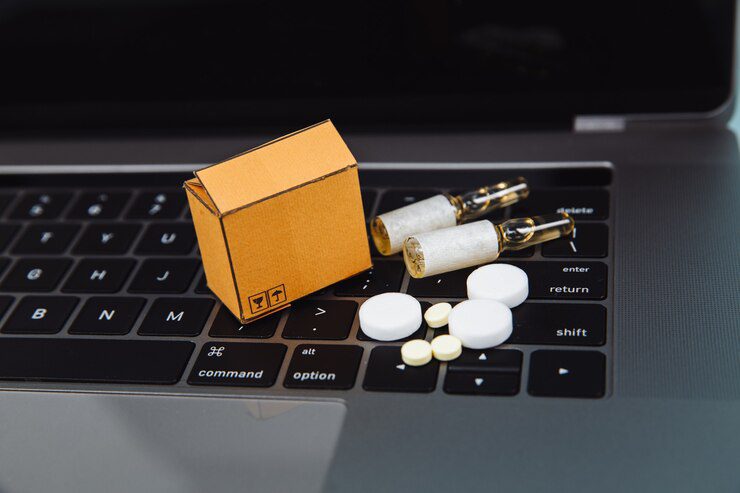Importing Medicine and Pharmaceutical Raw Materials
Importing medicine and pharmaceutical raw materials must be carried out in accordance with the rules of the health organization while observing the desired quality. In the process of drug clearance from the country’s customs, an invoice is issued by the customs experts in accordance with the drug exploitation license. After confirming the compliance, the desired drug will be reviewed by experts and an official certificate will be issued to import the drug.
In general, law firms face two situations for drug import; Either they are considered the legal representative of the manufacturing company, or they have an exclusive sales license. In order for the importing company to ensure the safety of the imported drugs, it is necessary to have a doctor, medical engineer or pharmacist among its personnel.
Clearance of Medicinal Raw Materials
Traders and merchants who intend to import medicine or pharmaceutical raw materials should be aware of the special conditions governing this type of export. In fact, we should know that the number of countries that issue drug import licenses to Iran is limited, and in order to clear pharmaceuticals, we must be familiar with the conditions of drug clearance from these countries. The main countries that can play the role of drug exporters for Iran are as follows:
1. Germany and Japan
The quality of the products produced by these two countries is excellent and desirable, and they are among the countries that import medicine to Iran. Due to the heavy sanctions imposed against Iran, other countries do not export medicine to Iran.
2. South Korea and Taiwan
Pharmaceutical products and medical supplies in European Union member countries, especially South Korea and Taiwan, are also of good quality. If these countries take action to import medicine to Iran, we can take action to clear the medicine and raw medicinal materials.
3. Argentina, Brazil, India and China
Medicines produced by these countries are also of good quality and do not pose a risk to people’s health. For this reason, we can apply for the clearance of medicine and pharmaceutical raw materials through these companies. Of course, despite the existence of countries where we can follow the process of exporting medicine and its raw materials from there, the export of some medicinal items is prohibited and the export license is not granted. Therefore, before proceeding to import and clearance of medicine, we must be familiar with the laws related to prohibited goods in the field of medicine.
Necessary Permits for Drug Import and Clearance
We need a set of documents to go through the procedures and formalities of drug clearance and its raw materials. It is necessary to present these documents, which are known as clearance permits for medicine and medicinal raw materials from customs. Among the most important licenses in this field, the following can be mentioned:
1. Medical drug clearance license
2. Clearance permit for medicinal raw materials
3. Confirmation and registration of information related to the drug importing company by the health organization

The Cost and Tariff of Drug Clearance
Drug clearance costs in the field of drug import refer to all costs that must be paid at all stages until the goods are cleared from customs. Such costs include things like warehousing costs, customs tariffs, freight and clearance costs. The importance of familiarizing with such costs is due to the fact that the cargo of many merchants stays in the warehouse and customs for a longer period of time due to lack of proper information about the tariffs. In addition, they may incur more costs in the field of customs. It should be noted that all relevant expenses in this regard have been approved by the government and no official has the right to receive excess expenses under the title of customs expenses.
Prohibited Drugs
In the field of drug importation, since we deal directly with people’s health, many drugs are banned. The prohibition of these drugs is for two reasons; either due to their internal similar sample production, or due to the presence of high-dose addictive substances such as codeine. Therefore, the import and clearance of such drugs will be illegal and accompanied by many problems. The most important of these drugs are the following:
Amoxicillin, Erythromycin, Oxycodone, Buprenorphine, Tramadol, Pseudo ephedrine, Codeine Phosphate, Nitroglycerin Granules, Methadone Hydrochloride, Penicillin G, Aminopenicilanic Acid.
The Importance of Importing Drugs and Pharmaceutical Raw Materials
In the past, medicines were produced from plants and animals. Today, we are faced with chemical processes in the field of pharmaceuticals. For this reason, the use of special imported raw materials and, in line with that, the import of pharmaceutical raw materials and drug clearance from customs have become important. Pharmaceutical raw materials, active pharmaceutical ingredients, pharmaceutical industry additives, and drug by-products are among the things that are imported from nearby countries every year. For this reason, drug import is considered one of the most important cases in the pharmaceutical industry.

Up To Sum
The import of medicine and pharmaceutical raw materials are considered to be one of the most important areas of export in trade. Due to the direct relationship that medicine has with the health of people in society, it is very important to be sensitive and comply with some rules and regulations in the field of import and customs clearance. In the meantime, familiarity with the import tariffs and customs clearance of these drugs, as well as knowledge of prohibited drugs, can reduce the burden of financial and even credit losses of importing companies.


